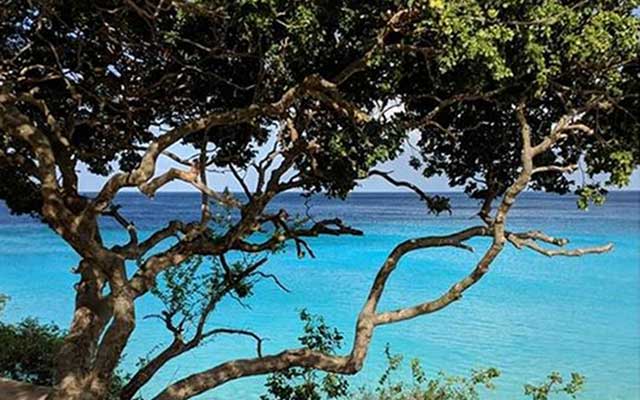Why Are Crocodile Sightings Increasing on Mexico's Beaches?
The Surge in Crocodile Sightings on Mexican Coasts: Understanding the Causes
Reading time : 1 minute,
Discovery Chepe Id-784-ECO
Published in
07-15-2025

Photo: 90 Grados
In recent years, several beaches in Mexico have witnessed an unusual and alarming phenomenon: the increase in crocodile sightings near the sea. Tourists and locals alike are surprised, even frightened, by the presence of these reptiles, especially considering that there are no native saltwater crocodiles in Mexico. So, what explains this growing presence of crocodiles on the coasts?
What Species of Crocodile is Found in Mexico?
Mexico is home to the Crocodylus acutus, commonly known as the American crocodile. Although this species primarily inhabits freshwater environments such as rivers, lagoons, and mangroves, it is capable of tolerating brackish water and sometimes even ventures into the sea. However, they are not true saltwater crocodiles like the famous species from Australia and Southeast Asia.
Why Are They Being Seen More Frequently on the Beaches?
Specialists in wildlife conservation and marine biology point out several reasons for this phenomenon:
1- Loss of Natural Habitat: The growth of urbanization, deforestation, and the destruction of mangroves have drastically reduced the natural spaces of crocodiles. With fewer places to live and feed, they are forced to explore new areas, including coastal zones.
2- Climate Change: The alteration of rainfall patterns, rising sea levels, and increasing temperatures have transformed the ecosystems where crocodiles live. These changes may encourage them to move closer to the sea or beaches.
3- Flooding of Rivers and Lagoons: In the rainy season, rivers and lagoons overflow, dragging crocodiles toward the sea. Sometimes, currents disorient them, and they end up on the beaches where they are spotted by people.
4- Tourist Expansion and Human Contact: The development of hotels, restaurants, and tourist complexes near crocodile habitats increases the chances of encounters. The spaces that used to be remote are now invaded by human presence.

Mexican Beaches and Crocodiles: What's Behind the Rising Encounters?
Photo: Acapulco verdad
Is There a Risk for Beachgoers?
Although sightings are increasing, specialists clarify that crocodiles do not naturally attack humans unless they feel threatened or cornered. However, it is vital to maintain a safe distance and report any crocodile presence to local authorities.
In some Mexican states like Jalisco, Nayarit, and Quintana Roo, authorities have reinforced protocols to capture and relocate crocodiles that approach tourist areas. They also place warning signs to inform visitors of potential risks.
What Can Be Done to Prevent These Encounters?
Experts suggest the following actions:
a) Protect and Restore Mangroves: These ecosystems are the natural habitat of crocodiles and play a crucial role in biodiversity. Their preservation reduces the displacement of wildlife.
b) Regulate Urban Expansion: Sustainable planning should consider the habitats of local species to prevent forced migration toward populated areas.
c) Educate Tourists and Residents: Understanding crocodile behavior and respecting nature helps prevent dangerous encounters.
Where to Learn More?
For more information about crocodile species and their conservation in Mexico, you can visit the official website of the Comisión Nacional para el Conocimiento y Uso de la Biodiversidad (CONABIO) at https://www.biodiversidad.gob.mx/especies/cocodrilos.
You can also consult recommendations for tourist safety in natural areas at https://www.gob.mx/sectur.
The increase in crocodile sightings on Mexican beaches is an environmental alert rather than an isolated coincidence. It is a reflection of habitat loss, climate change, and human expansion. While authorities are working to mitigate the risks, the responsibility of protecting nature also falls on each of us.
Respecting wildlife and preserving ecosystems is the best way to ensure a balance between tourism and nature.
See Also
Discovery Chepe
Most read...














